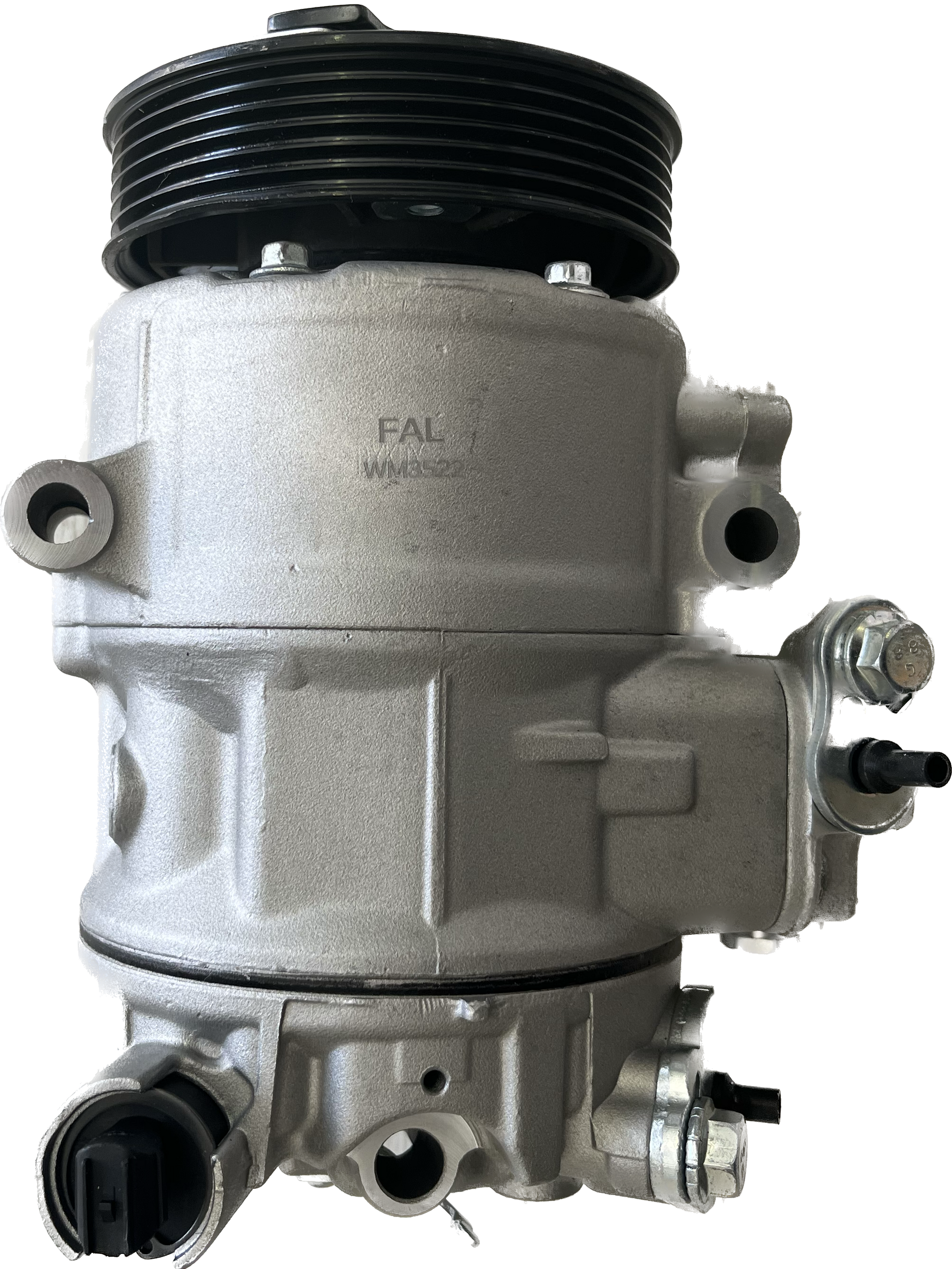Extend the lifespan of your clp engine with regular care.
Extend the lifespan of your clp engine with regular care.
Blog Article
The Function of a Clp Engine in Revolutionizing Engine Performance and Sustainability
The arrival of CLP engine technology provides a pivotal minute in the auto market, where performance and sustainability merge in extraordinary means. By maximizing burning processes and enabling for dynamic modifications in compression proportions, these engines not only assure boosted fuel efficiency and lowered discharges yet also obstacle standard design standards.
Understanding CLP Engine Technology
As the automobile sector consistently looks for ingenious options to improve effectiveness and efficiency, recognizing CLP engine innovation ends up being critical. The term CLP stands for Compression-Low Stress, an innovative engine layout that concentrates on optimizing combustion processes and decreasing emissions. This innovation runs by keeping a low-pressure atmosphere within the combustion chamber, which promotes an extra total fuel shed and lessens unburned hydrocarbons.
One of the key attributes of CLP engine modern technology is its ability to adjust the compression ratio dynamically. This adaptability allows the engine to operate efficiently across numerous driving problems, improving gas economic situation while all at once improving power outcome. In addition, CLP engines take advantage of advanced products and design principles to minimize weight and thermal losses, additionally adding to total efficiency.
In addition, the integration of electronic control systems plays an essential role in handling the engine's efficiency specifications. These systems make it possible for real-time adjustments to ignition timing and gas injection, enhancing burning for both power and performance. By understanding CLP engine innovation, stakeholders in the automobile market can better appreciate its possibility in driving the future of engine layout, efficiency, and sustainability.
Efficiency Enhancements Offered
CLP engine modern technology delivers substantial efficiency enhancements that set it apart from conventional engine layouts. One of the main advantages of CLP engines is their capacity to operate efficiently throughout a more comprehensive variety of rates and lots. This flexibility equates into enhanced torque delivery and velocity, providing a more responsive driving experience.
Furthermore, the advanced combustion process used in CLP engines optimizes fuel-air blending, resulting in higher thermal efficiency. This enhancement not just makes the most of power output however likewise minimizes power loss, leading to an engine that carries out better under different problems.
Additionally, the modular architecture of CLP engines permits simpler assimilation with hybrid systems, magnifying their efficiency capacity - clp engine. This adaptability makes it possible for makers to design automobiles that accommodate customer needs without compromising dexterity or power
The accuracy design included in CLP technology likewise adds to lower rubbing and wear, enhancing engine long life and minimizing the regularity of maintenance. Generally, these performance enhancements setting CLP engines as a leading choice in the pursuit of high-performance, dependable, and flexible engine remedies.
Environmental Benefits of CLP Engines
One of one of the most compelling advantages of CLP engines exists in their ecological advantages, which are progressively essential in today's vehicle landscape. These engines are developed to optimize fuel effectiveness, considerably decreasing carbon emissions compared to conventional burning engines. By making use of advanced combustion methods and cutting-edge materials, CLP engines promote go to these guys cleaner exhaust outputs, contributing to improved air quality.
In addition, the reduction in gas intake not just causes lower greenhouse gas exhausts but additionally saves useful natural resources. As nonrenewable fuel source reserves dwindle, the change towards CLP technology represents a strategic action towards sustainability. The engines are frequently suitable with alternative gas, even more boosting their environmental allure and permitting a diversified power portfolio.
Additionally, the light-weight design of CLP engines aids lower automobile weight, which consequently lowers the power needed for propulsion. This causes lower operational energy usage and a reduced environmental impact. In summary, CLP engines stand at the center of efforts to reduce environment change and advertise sustainable methods in the automotive sector, personifying a future where efficiency and ecological responsibility are not equally exclusive.
Contrast With Traditional Engines
While typical engines have lengthy dominated the auto industry, the introduction of CLP innovation provides a significant change in performance and efficiency. Typical interior combustion engines primarily depend on fuel combustion, which not just restricts thermal effectiveness but also adds to greater emissions. In comparison, CLP engines employ advanced thermal administration and an one-of-a-kind combustion process, improving gas performance and significantly reducing greenhouse gas exhausts.
Moreover, standard engines run on fixed power curves, which can prevent performance in varying driving conditions. CLP engines, however, are our website made to adapt their performance dynamically, offering optimum power distribution based on real-time needs. This adaptability results in enhanced acceleration, responsiveness, and total driving experience.
Maintenance additionally differs substantially; traditional engines typically need constant oil modifications and part replacements as a result of deterioration. clp engine. CLP engines, with fewer relocating components, assure lowered maintenance demands and longer functional life expectancies

Future Prospects and Innovations
As the vehicle landscape develops, the future of engine innovation is significantly focused on innovations that enhance performance and sustainability. The Clp engine, with its unique architecture and functional efficiencies, is positioned to play a critical role in this change. Future advancements might entail innovations in materials scientific research, making it possible for the construction of lighter and more long lasting parts, hence decreasing general automobile weight and boosting gas effectiveness.
Furthermore, the integration of expert system and device knowing right into engine administration systems is expected to enhance efficiency dynamically, allowing for real-time changes based upon driving conditions. These technologies can better minimize discharges and enhance energy application.
Additionally, research into alternate fuels, including hydrogen and biofuels, presents amazing possibilities for Clp engines, aligning efficiency with eco-friendly campaigns. clp engine. As regulative frameworks become stricter, the fostering of such modern technologies will be vital in accomplishing sustainability goals without endangering power
Verdict

Report this page